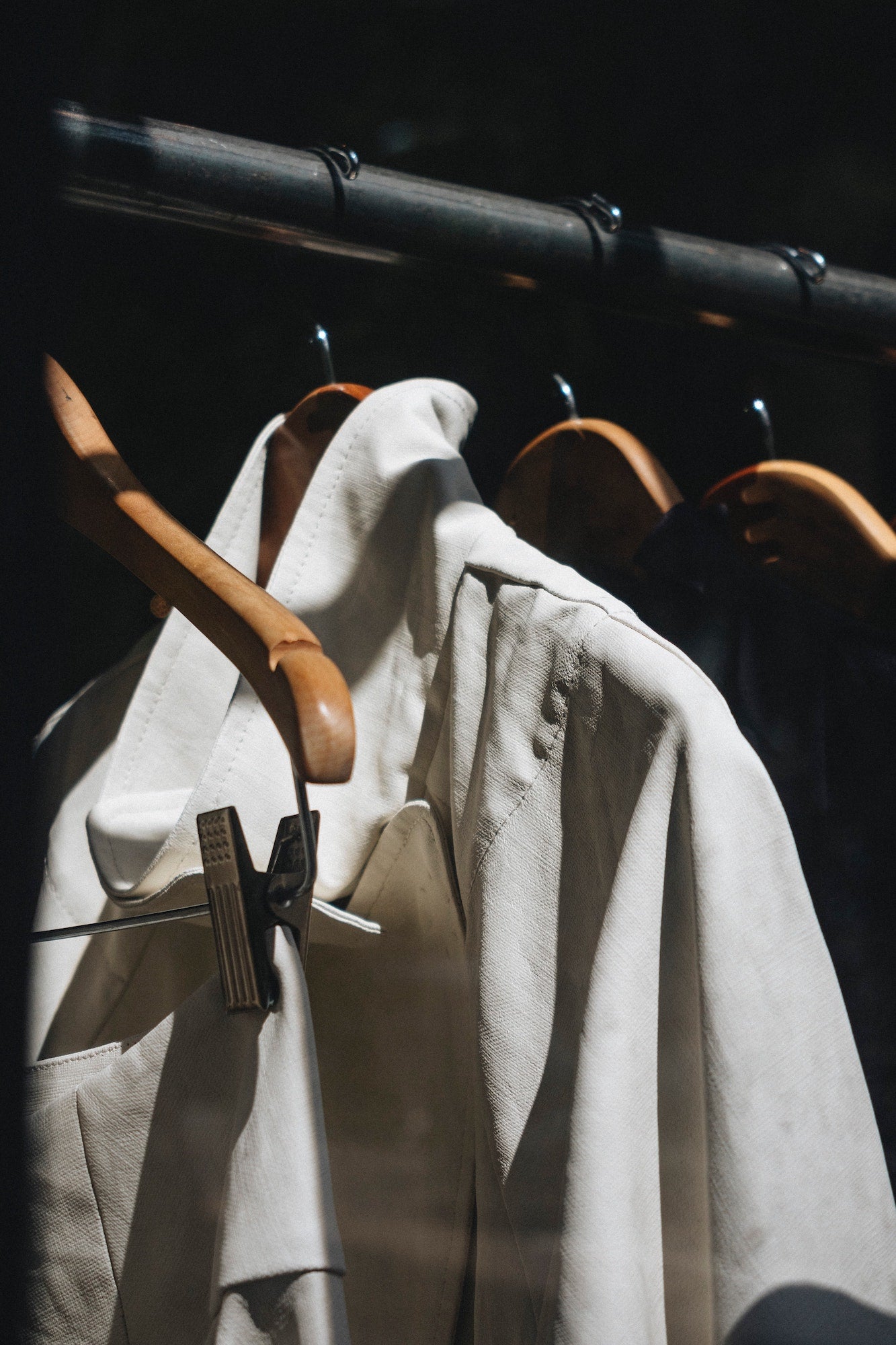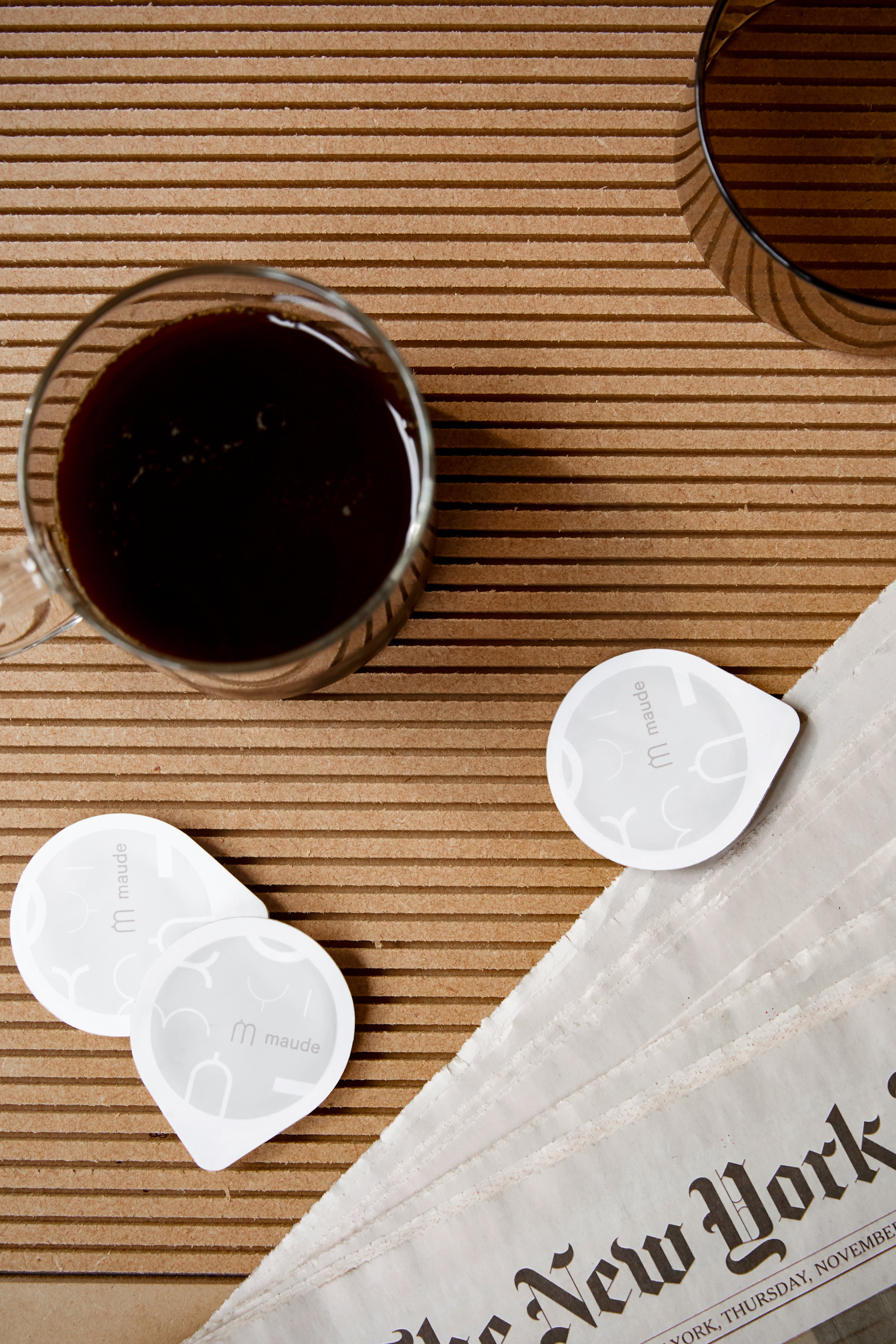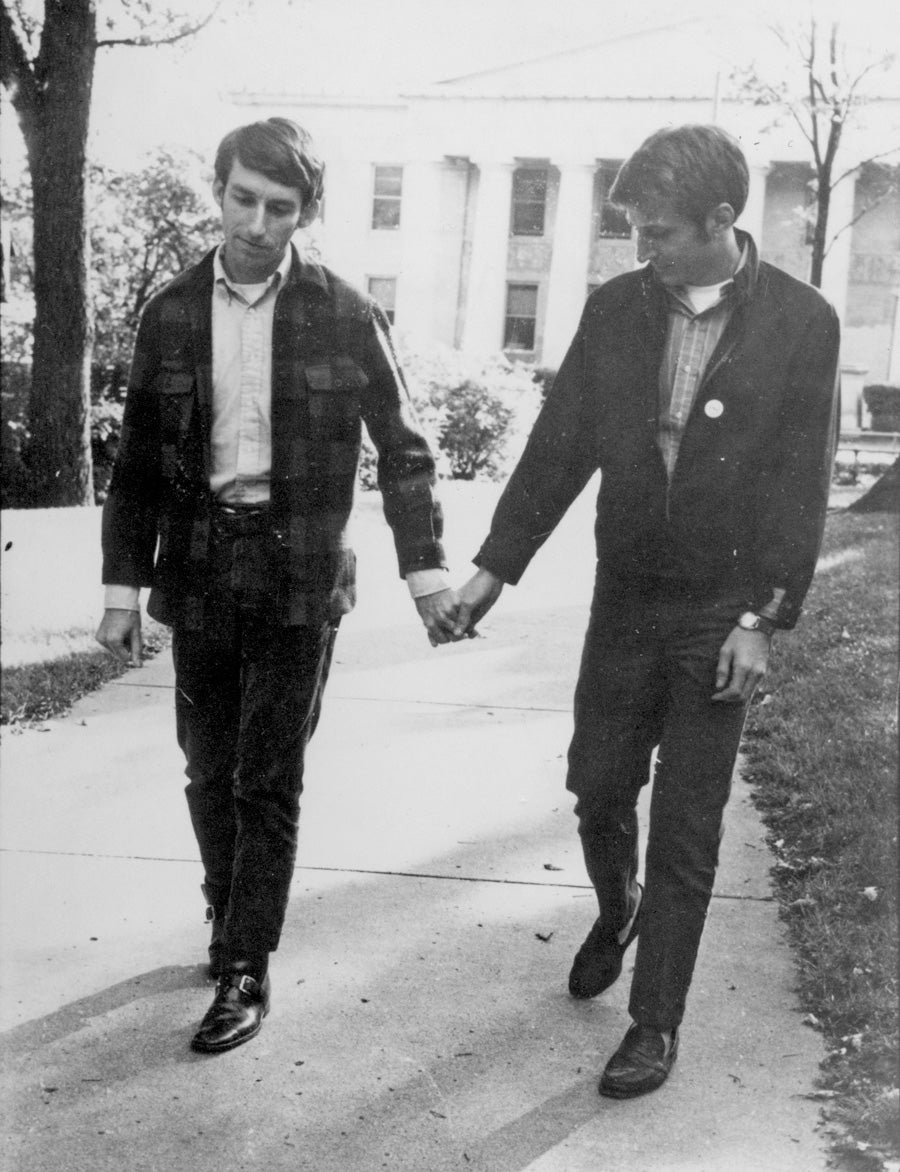A Brief History Of Drag.

From early AD to prohibition and Pride.
We’re in the midst of a particular sort of drag renaissance –– think drag-forward reality television, boozy “drag brunches” booked weeks in advance, an ever-growing cast of beloved influencers in the drag space. But for all our recent cultural preoccupation with the art form, drag is certainly not a new concept. Evidence goes to show that the first public record of a woman costumed as a man dates back to the Tang Dynasty in China between 618-908 AD.
Of course, in the realm of theatrics, the Shakespearean era is most popular for its employment of gender-bending attire. Though, at the time, motivations were not as empowering as they are at present: In the 16th and 17th centuries, the theatre was all but inextricably linked to the church –– which meant that allowing a woman’s presence on stage was out of the question. Hence: Men in dresses, impersonating Shakespearean ladies. Allegedly, this is where the word “drag” is derived from: Men were hardly used to donning skirts, so while they walked across the stage, they were all keenly aware of the way their clothing dragged.
It wasn’t until the early 20th century, then, that drag became publicly associated with the gay community. At the time, vaudeville –– or “variety theatre” was becoming increasingly popular in the U.K., where both men and women were dressing in clothing typical for the opposite gender as part of larger theatrical acts or character bits. Meanwhile, on U.S. turf, by the time prohibition went into effect, the LGBTQ+ community was utilizing drag as a political statement, an art form, and a means of gathering in private spaces while bars were off the table. This is when the emergence of the “drag ball” first occurred –– underground parties and otherwise, events with drag dress codes mandated in the invitations.
By the middle of the 20th century, once bar culture had been fully restored, discriminatory laws against homosexual behavior were running rampant. Public displays of queer affection were punishable offenses, as was drag attire, and even dancing with a member of the same sex. Plus, police were regularly conducting raids on gay bars, or bars that actively catered to gay patrons. In turn, much of the thriving “drag ball” culture moved back underground –– and out in the open, men would often dress as women convincingly as possible to skirt around laws against homosexuality.
Ironically enough, in 1966, a member of the Genovese family (famous New York mafia characters) purchased Greenwich Village’s Stonewall Inn –– and all but immediately, the became both a drag hub and a safe space for queer folx across New York.
Soon after, in 1969, the Stonewall Riots transpired. While police continued to crack down brutally on gay communities, patrons of Stonewall and other locals gathered to fight back –– an effort largely helmed by drag queens and members of the Black trans community (most notably, Marsha P. Johnson). And after several nights of heroic and devoted rioting, national news took notice. It was time to fight back more globally against the criminalization of sexual identity.
One year later, on the first anniversary of the riots (June 28, 1970), thousands of people marched heroically across Manhattan, from the Stonewall Inn to Central Park in what later became America’s first gay pride parade.
From there, drag culture began to trickle its way into the mainstream. In 1975, Rocky Horror Picture Show featured gender-bending performances by Tim Curry, and simultaneously, David Bowie, who was known for his gender-fluid costuming, became one of the most famous pop stars in the world. This brings us to 1984 when Wingstock took shape –– a glorious outdoor drag festival that occurred annually on Memorial Day, hosted and co-created by a much-lauded drag queen, Lady Bunny.
Then, of course, we catch up to Ru Paul Charles, who arrived as a staple of New York’s drag community in the early ‘90s. While beloved across the city, his global popularity coincided with the release of his 1993 single, “Supermodel (You Better Work).” Soon after, he became the first-ever drag queen to appear as the spokesperson for a major cosmetics company (MAC Cosmetics), and he earned his own talk show on VH1.
More recently, 2009 marked the emergence of Ru Paul’s Drag Race –– a wildly popular reality television show that catapulted drag culture into the spotlight. And to this day, with Ru Paul at the helm, the show is changing the way we celebrate drag queens and kings across the country. Not only is the show a joyful celebration of drag, but moreover, it’s a powerful stage for contestants to speak frankly and publicly about issues facing the LGBTQ+ community.
That’s not the end of Ru Paul’s recent success though. Amid quarantine, his latest entertainment venture, Drive n’ Drag became an instant hit: A roving tour of live drag performances starring various Drag Race cast members staged in drive-in venues all across the country with the mission to “save us from 2020.”
Now, whether you’re hitting a beloved, local bar for weekly Drag Race screenings, snagging your annual tickets to Drag Con, or donning your drag-wear to one of the countless Pride events across the country, drag is finally finding the stage it deserves.



